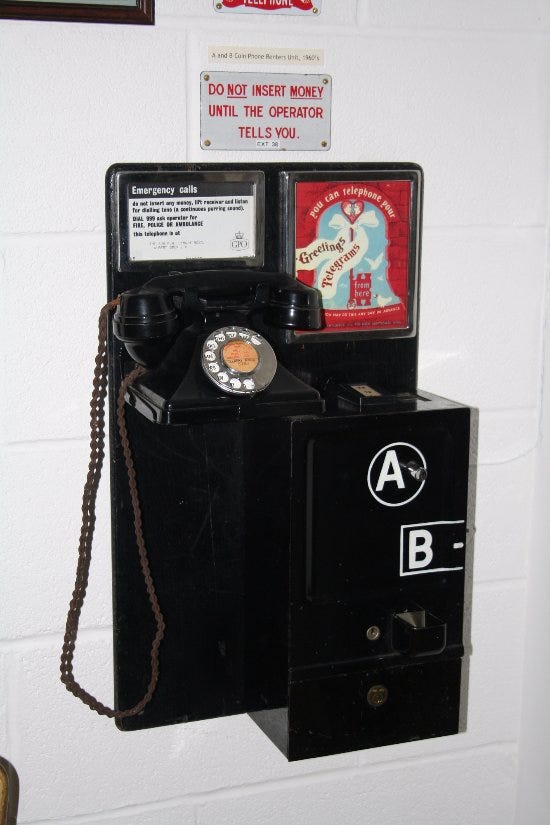Toronto, April 27, 2025
Hinge generation
I’m a member of a hinge generation. My life overlaps two distinct periods of history. This is a mixed blessing.
I thought I’d invented the term “hinge generation” but I was wrong. Chat GPT tells me it’s been around for a while, although its meaning is not clear. The chatbot says it might mean “a generation caught between two major cultural or technological shifts.” Or “it might be a tongue-in-cheek reference to the generation that primarily uses the dating app Hinge.” Or it might refer to “the second generation of Holocaust survivors, a cohort that plays a pivotal role in transmitting the traumatic legacy of the Holocaust to subsequent generations.” That’s quite a range of possible meanings. To be clear, I’m adopting the first. And I’ve never used the dating app Hinge.
Not all generations are caught between major cultural or technological shifts. As Lenin said, there are decades where nothing happens (he added that there are weeks where decades happen). Some historians suggest that there have been long periods of history when very little happened, e.g., the Dark Ages (500–1000 CE), the post-classical period in China (200–600 CE), and the early Middle Ages in Japan (circa 794–1185 CE). The people living during these periods might have felt differently. But, for sure, my generation is a huge hinge. A lot has happened in our lifetimes.
Consider the telephone. I got to thinking about telephones when I was watching the latest version of All Creatures Great and Small, the much-loved BBC television series about a Yorkshire veterinarian, Siegfried Farnon, his family and colleagues. It’s set in the 1930s and 1940s in the fictional Yorkshire village of Darrowby. The series is relentlessly charming and sentimental.
There is only one telephone in Farnon’s large Darrowby house which doubles as a busy veterinary clinic. If the phone rings someone has to run to the central hall to answer it (the call is always for somebody else). The Farnon phone number in the original All Creatures series was Darrowby 385. For some reason it was changed to Darrowby 2297 in the later version.
Old-fashioned telephone numbers beginning with the name of a local directory easily acquired a powerful, sometimes poetic, occasionally almost mystical, significance. And they were easy to remember. In the early 1950s I lived in North Finchley, in London. My family’s telephone number was Hillside 6718. After we moved to Winnipeg our telephone number was Globe 33355. A few years later, back in England, I often stayed with an aunt and uncle in Buckinghamshire: their number was Beaconsfield 4987. Another aunt, who lived in St. John’s Wood, London, would answer her phone in a plummy English accent: Primrose 5509.
As a student in England in the 1960s, I lived in a gloomy college residence where the only phone was a pay phone in the basement. The basement regularly had an inch or two of water in it. Often there was queue to use the phone and you stood in a puddle while you waited for your turn. The pay phone had a coin slot and two buttons, marked A and B. You inserted coins in the slot to pay for your call and dialled the number. If your call was answered, you pressed button A. If it was not answered, you pushed button B and your coins were returned. If you talked for too long, the operator would cut in and demand that you deposit more coins or the call would be cut off.
Things are different today. As a member of my hinge generation, I don’t need to remember my phone number or run to a central hall to answer a ringing telephone. I just have to remember where I put my device.






Mine was GLencourt 1534, later changed to Glencourt 11534. And don't forget party lines - how interesting were they.The endgame is pretty long, turns out.
Yes my childhood phone number from Ottawa is embedded deeply, Parkway 84118, which became 7284118.
I also remember the phone numbers, the landline numbers, of longtime friends, but no cellphone numbers except my own. It's a familiar and somehow welcoming numbers landscape, like the that of the birthdays of friends and relatives.
Now we have ephemeral photos on our phones that we can refer to as memory aids, but far fewer anchoring landscapes in our heads.